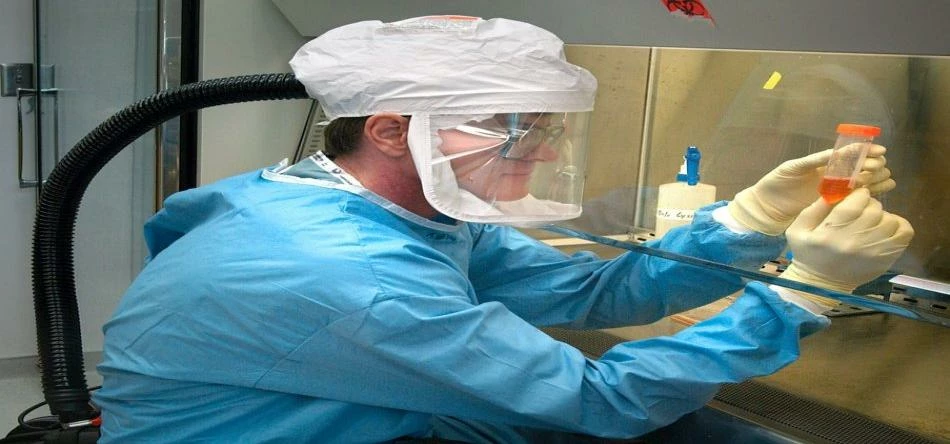
Partner Article
Personal Protective Equipment (PPE) in Healthcare
The health care industry such as hospitals will often have a need for more specific safety measures due to dealing with a number of issues no other industry is dealing with. The use of PPE will help improve the personnel safety in the health care environment. With the right approach you will have a chance to use the PPE and to safely practice its donning and removing in such settings. Although areas with health care see a lot of floor cleaning, carpet cleaning and a whole lot more from professional cleaners or local janitors, that doesn’t make it safe for people in all environments.
So what is PPE in general? It is a specialized set of clothing or equipment used by employees used for protection against infections materials, as defined by OSHA and similar administrations around the world. In all such environments where PPE is involved, it needs to be provided in all cases and ensured that the PPE is disposed of, cleaned and stored properly after its use. There are several types of PPE used in such settings, specifically gloves, gowns and aprons, masks and respirators, goggles and face shields. There are also a few factors that influence the selection of PPE. There are different types of exposure that can be anticipated, such as splash and spray or touch exposure. The durability of the equipment will also play an important role as well as how tight a fit it has on the body, so no exposure could happen at all.
Gloves
When it comes to gloves you will need to know their specific purpose, such as patient care, environmental services and other situations. The materials will vary, but the most common ones will be vinyl and latex, as well as nitrile and other similar materials. Wearing one or two pairs will also matter in such situations, as well as keeping them sterile or not. Depending on the nature of the situation and the exposure danger they may also need to be single used items that get destroyed after the end of a shift, instead of dealing with efficiently cleaning them or reusing them. You should limit opportunities for touch contamination, protecting yourself and others. Avoid touching your face or adjusting your PPE with contaminated gloves when you work. Never touch environmental surfaces except as you really need to during the patient care. Cleaning the gloves will take disinfection so you would do better to change them as soon as they are torn or heavily soiled, even if you are using them on the same patient. Make sure you always dispose of one use gloves and you never reuse them.
Masks
You should always make sure your masks cover the mouth and nose and prevent fluid penetration completely. This is extremely important as it will play a major role in keeping personnel safe during work.
Goggles
The goggles should always fit snuggly around the eyes and over them. Personal glasses are not a substitute for a good set of goggles, so make sure you never let that happen. Having a pairs of goggles with an anti-fog feature will help improve clarity during work.
Face shields
They can protect the eyes, mouth nose and face in general, but they should also cover the forehead, extending below the chin and wrapping around the side of the face as well.
This was posted in Bdaily's Members' News section by Madison Welch .
Enjoy the read? Get Bdaily delivered.
Sign up to receive our popular morning London email for free.








 Time to stop risking Britain’s family businesses
Time to stop risking Britain’s family businesses
 A year of growth, collaboration and impact
A year of growth, collaboration and impact
 2000 reasons for North East business positivity
2000 reasons for North East business positivity
 How to make your growth strategy deliver in 2026
How to make your growth strategy deliver in 2026
 Powering a new wave of regional screen indies
Powering a new wave of regional screen indies
 A new year and a new outlook for property scene
A new year and a new outlook for property scene
 Zero per cent - but maximum brand exposure
Zero per cent - but maximum brand exposure
 We don’t talk about money stress enough
We don’t talk about money stress enough
 A year of resilience, growth and collaboration
A year of resilience, growth and collaboration
 Apprenticeships: Lower standards risk safety
Apprenticeships: Lower standards risk safety
 Keeping it reel: Creating video in an authenticity era
Keeping it reel: Creating video in an authenticity era
 Budget: Creating a more vibrant market economy
Budget: Creating a more vibrant market economy